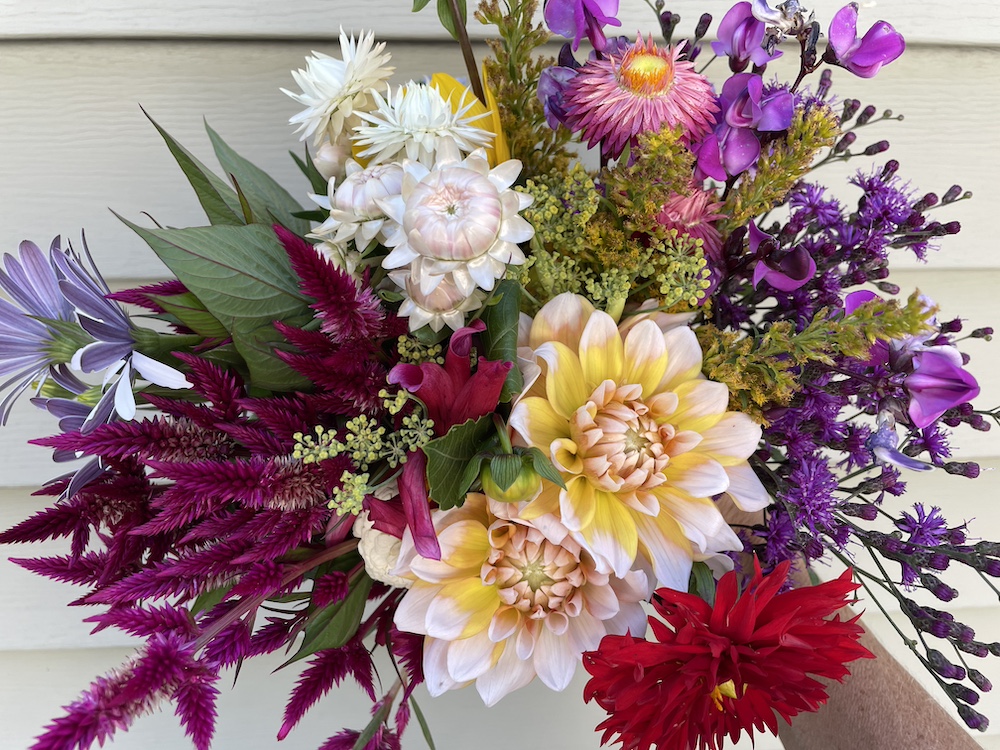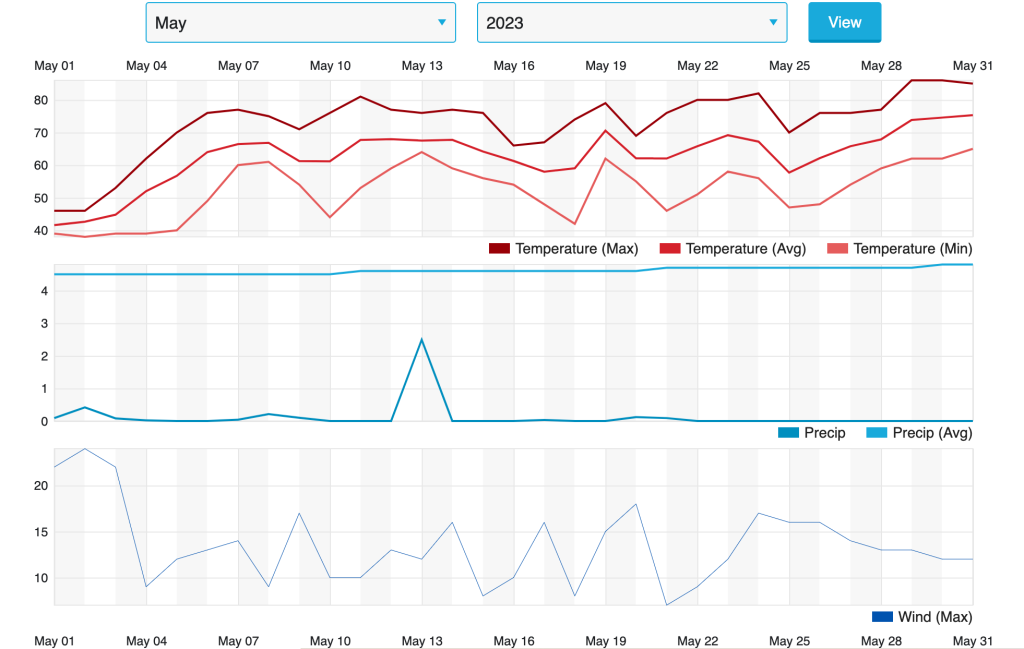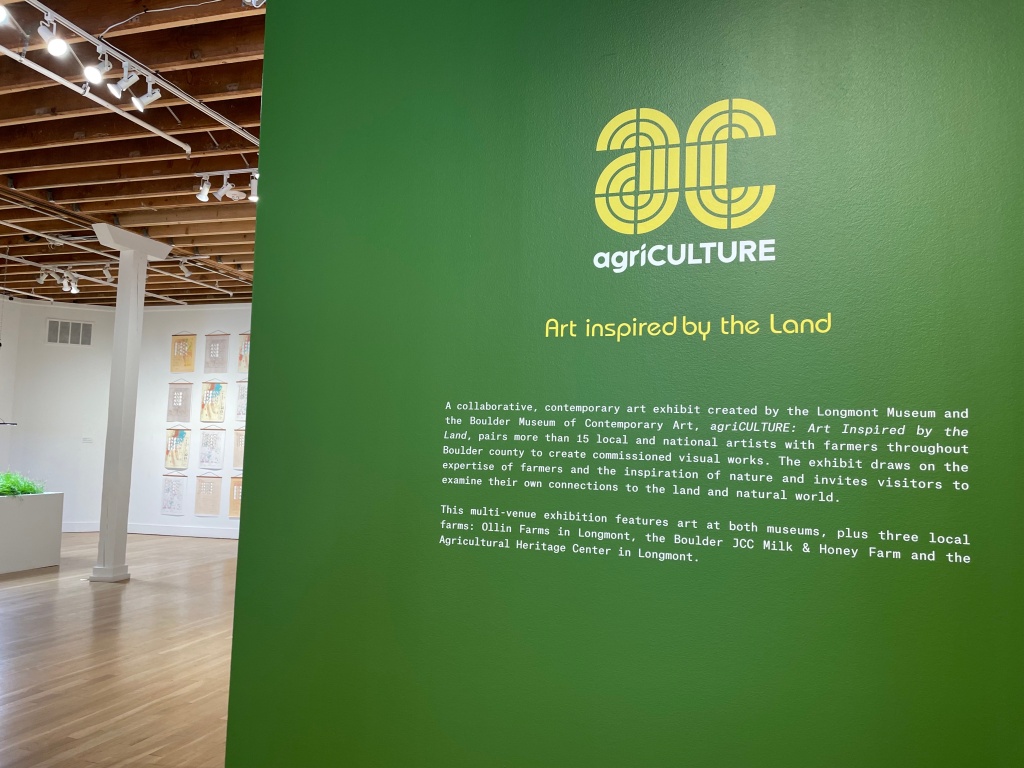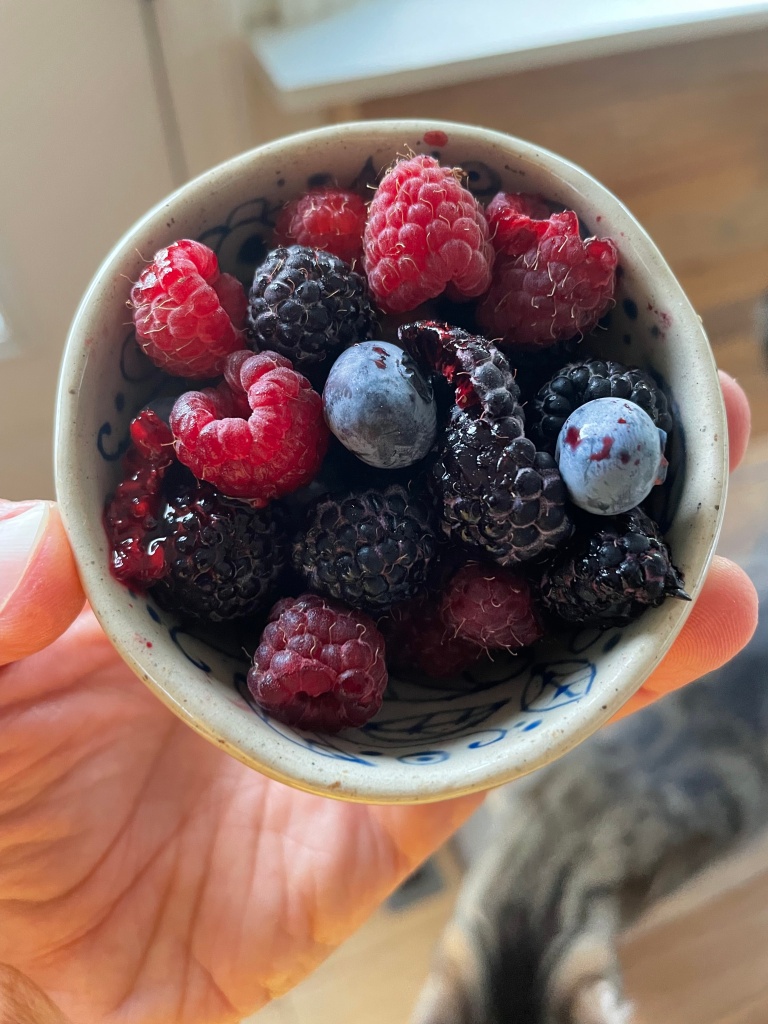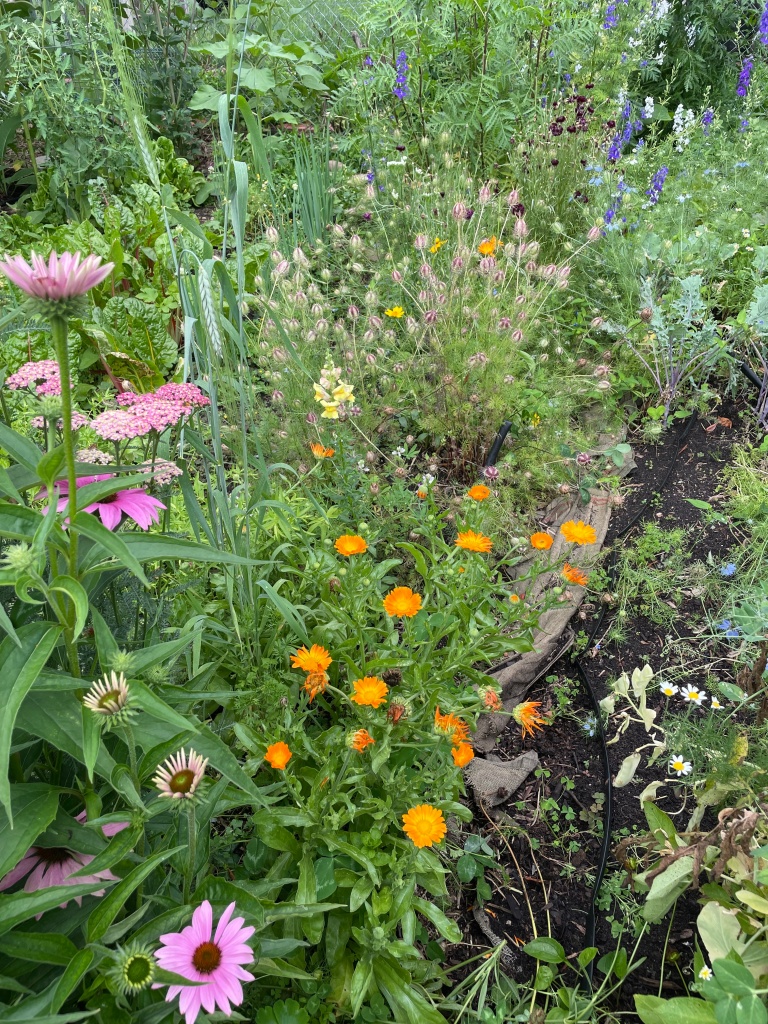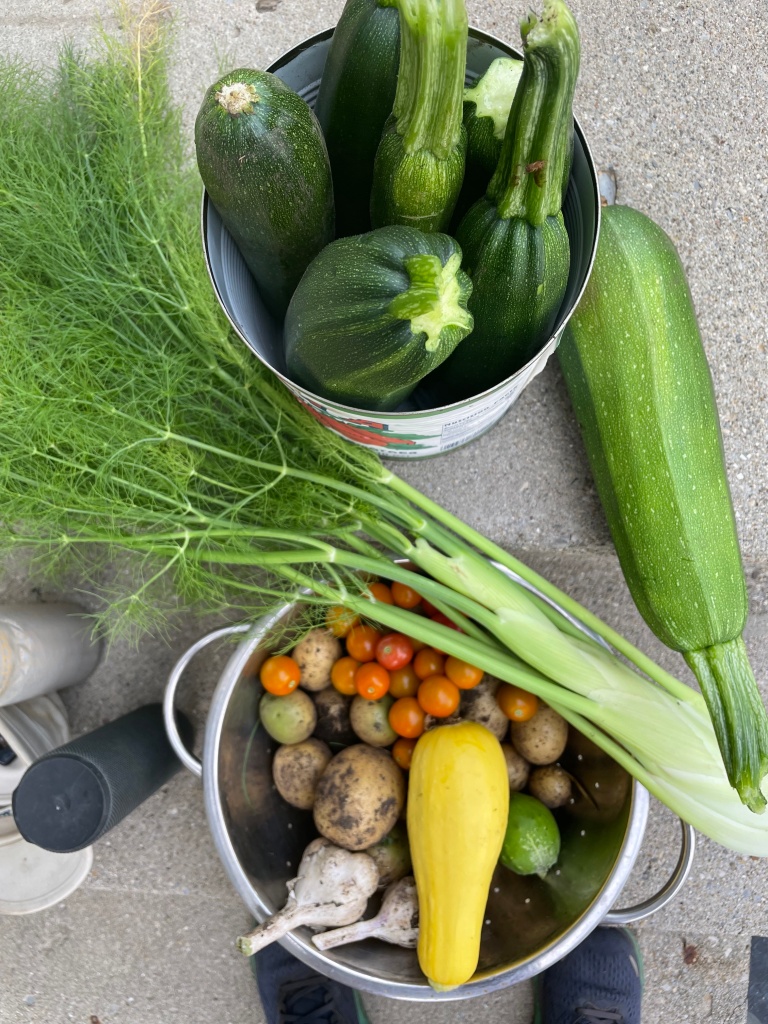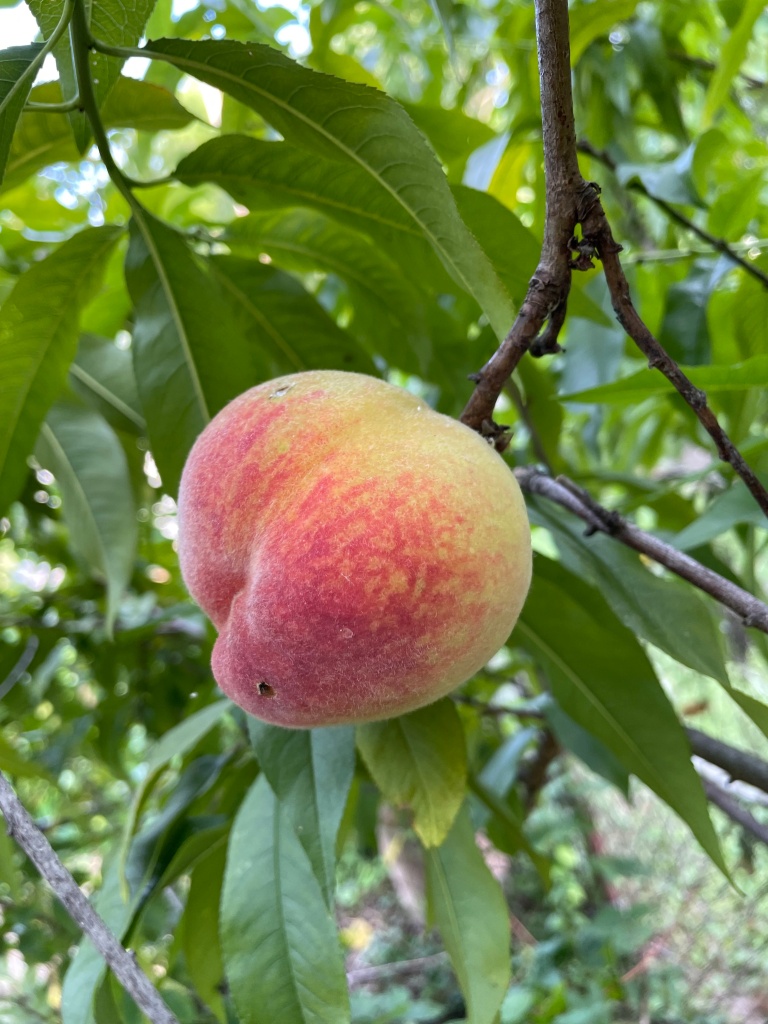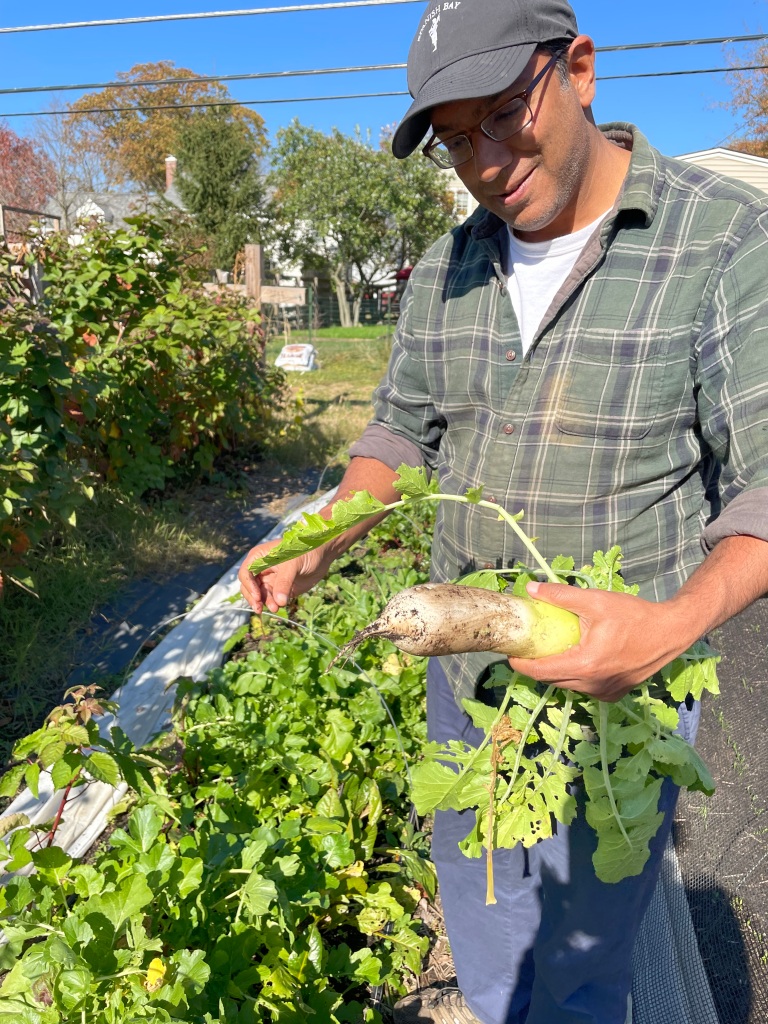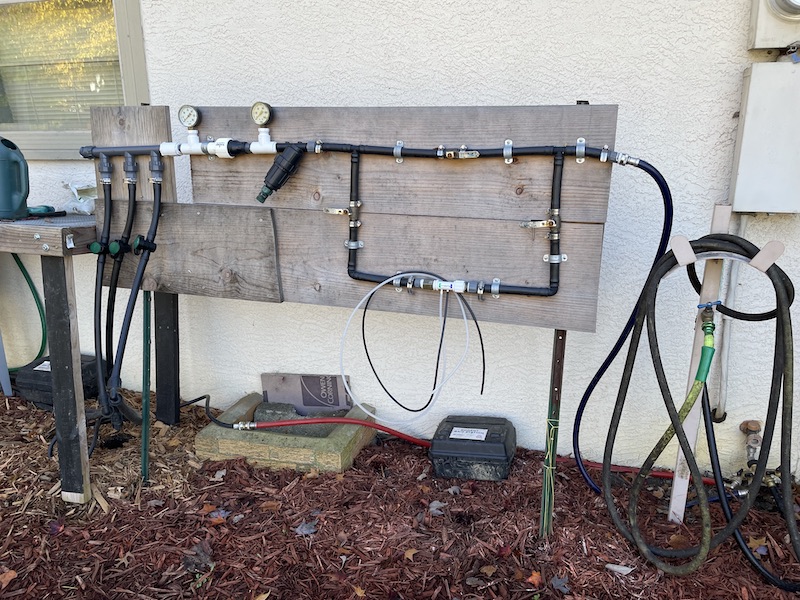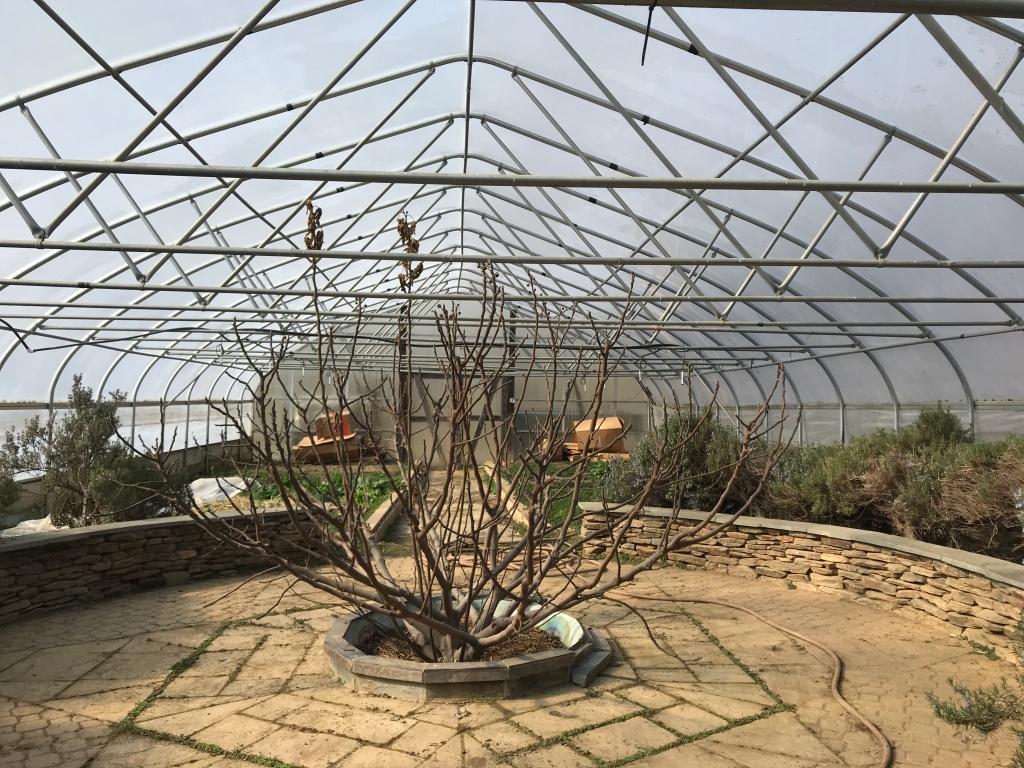Well, it’s been six months since I wrote in this space.
I can’t remember how many times I’ve sat down and typed an opening line like this. Usually I delete them. It’s boring. Who wants to hear a writer lament about their inability to make time to write? Just write something already. But sometimes marking that time has passed you by is important.
Not because I feel guilty for not writing. Not because I think I owe anyone an apology. But because I’m sorry I haven’t been making time for it. Not because I think you, dear readers, are having trouble sleeping as you await my next offering. But because keeping this blog has been good for me.
It has given me space to document and reflect on starting and maintaining OTFUF for the past ten years.
It’s given me a place to store memories. To track the seasons. To track tasks. A space to return to when memory fails and I can’t remember what I did or how well (or poorly) something grew last season.
This blog has given me a platform to record, to share, and dare I say, to inspire.
Releasing myself from writing, from feeling self- or social media culture-imposed pressure to post, was part of my shmitah practice last year. And as a wise friend helped me realize, when you give yourself a sabbatical, when you truly take a break, you can’t expect to hit the ground running the next year. This aligns well with contemporary Jewish thought leaders advocating consideration of a shmita cycle, of a focus for each year in the seven year cycle. Something like: Dreaming and scheming, iteration, reflection, recalibration, reiteration, reflection, rest, repeat.
One thing I really let go of last year was the need to make plans. I spent time on the farm as time and energy allowed. I watched what came up from the soil on its own as much as, if not more than, I willed things to come up. And so I entered this season unsure what I was doing.
I did spend some of my leave reflecting on what I did not want to do anymore; what I was grateful to have a break from as well. as what I missed. Figuring out what comes next is slowly coming in to focus. Bit by bit.
The first decision I made was to suspend our CSA program indefinitely.
Starting the farm on a community supported agriculture model allowed OTFUF to get up and running without having to spend much of our own money for infrastructure or supplies. It would take me a minute to count how many truckloads of compost, water bills, seeds, gloves, and bags of chicken feed we’ve bought over the past 9 years. It’s been a lot, and nearly all of it was covered with funds from the CSA.
The first few years those who joined not only trusted us with their financial contributions, they gave us their time. In many ways that was more important, and more valuable, than cash. We built this place with all of you. And we grew an incredible amount of food those first few years because we did it together.
Over time, however, our original members started their own gardens and stopped coming around as often. New members didn’t have the same interest or commitment to the collective or the work. This impacted both my enthusiasm for filling CSA orders – I was always in it for the transformational potential, not the transactions – and my ability to do so. Working with fewer helping hands, the farm wasn’t as productive as it once was.
So no more CSA. At least for now. If I hear from some substantial number of people reading this far that you’d be excited to be part of something like that again, I’ll reconsider. I’ll rededicate myself to scheduling work sessions, making chore lists, and assigning tasks. For now, I’m enjoying the freedom to just watch the flowers grow and I’m thinking about investing more in perennial crops like berries that provide year-round pleasure.
The increasing unpredictability of the weather also contributed to my frustrations around the CSA. Heat at the wrong time. Never enough rain when we need it and too much when we don’t. The drought we’re experiencing now makes me grateful not to be beholden to anyone. At the same time as it makes me wish I had money in the bank to pay the water bills when they come due.
All this has me wondering whether the farm is still a farm.
Along with suspending the CSA and absolving myself of the pressure to post regularly to social media channels, I entered this season with no established plan or efforts to bring visitors to the farm. Given that, would it be better to think of myself again as a gardener, or homesteader? Is that all I want? For myself? For the space?
Rereading what I wrote in 2016 when I first embraced the title Urban Farmer, I guess most of it still fits. I’m growing more food than the average home gardener and our yard looks even less like our neighbors’ now than it did back then. But I’m not feeding others like I was back then. And I haven’t been invited to share the farm on any tours or actively recruited scouts and school groups to come visit. Then again, while it feels and looks like August, given the lack of rain over the past month and recent heat wave, the season’s just getting started.
Watch our social media streams for “flash farm sales” which we’ll host whenever we have an abundance. Sales will take place on site so folx who come by can see where the produce they purchase is being grown.
I’m also in conversation with Dr. Neraj Tayal about an Edible and Sustainable Backyards Hop here in Beechwold. If you or someone you know has a space that would make a good addition, please reach out!
Visiting Neraj’s space last season and hearing how much our work inspired his own is something I’ve been thinking about a lot. It demonstrates the power of having places like OTFUF in the community and the importance of inviting people in to see it. Over the Fence has always operated in a liminal space between community farm and private garden. We aren’t inherently public facing – not visible from the street or occupying a public space. People are always welcome, but you do need to request or have an invitation to visit.
I’m also continuing my work with the Ohio Ecological Food and Farm Association (OEFFA) on the Agriculture Resiliency Act. This marker bill for the 2023 Farm Bill draws attention to issues and efforts that can help make agriculture more sustainable, for people and the planet. This includes the promotion of soil health, increased investments in local regional food systems, addressing consolidation that is driving up prices and contributing to waste, and funding investments to support organic research and beginning and BIPOC farmers. You can learn more about OEFFA’s 2023 Farm Bill platform, hear from proud organic Ohio growers, and take action here.
So, I’ll try to get back to posting here a bit more regularly; to reflect and to share. I’m open to hearing what kind of content you’re most interested in – Reports from the Field, Tips You Can Use, Farmer Field Trips, Farming Advocacy… And I also reserve the right to post, or not post, whatever inspires me.
XO, Thanks for reading this far.
Jodi

